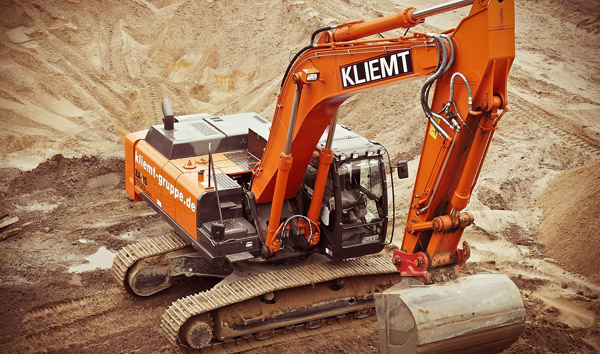The Future of Electrically Powered Rough Terrain Telehandlers in Construction
2025-07-26 04:00:31
The construction and agriculture sectors are witnessing a significant shift toward electrification, with electrically powered rough terrain telehandlers leading the charge. Unlike traditional diesel models, these machines offer zero emissions, reduced noise pollution, and lower operational costs. According to a 2023 industry report, the global market for electric telehandlers is projected to grow at a CAGR of 12.5% by 2030, driven by stricter environmental regulations and rising fuel prices.
One of the key benefits of electrically powered rough terrain telehandlers is their efficiency in challenging environments. Equipped with high-torque electric motors, these machines deliver consistent performance on uneven surfaces while maintaining energy efficiency. Advanced battery systems, such as lithium-ion packs, provide extended runtime—up to 8-10 hours on a single charge—making them viable for full-day operations. Case studies from European construction firms show a 30% reduction in energy costs compared to diesel counterparts.
Technological innovations are further enhancing the capabilities of electrically powered rough terrain telehandlers. Features like regenerative braking recover energy during deceleration, while smart telematics enable real-time monitoring of battery health and machine performance. Some models now integrate autonomous functions, such as obstacle detection and automated load handling, improving safety and productivity. Industry leaders like JCB and Manitou have already introduced fully electric telehandlers with load capacities exceeding 5,000 kg.
Despite their advantages, the adoption of electrically powered rough terrain telehandlers faces challenges. Infrastructure limitations, such as insufficient charging stations in remote job sites, remain a hurdle. Additionally, the higher upfront cost—approximately 20-30% more than diesel models—deters some buyers. However, long-term savings on fuel and maintenance, along with government incentives for green machinery, are accelerating ROI calculations. A 2024 survey revealed that 65% of contractors considering electric telehandlers prioritize total cost of ownership over initial price.
The future of electrically powered rough terrain telehandlers looks promising, with ongoing R&D focused on faster charging and higher energy density batteries. Hybrid models, combining electric and hydrogen fuel cells, are also under development to address range anxiety. As industries push toward net-zero goals, these machines are set to redefine material handling in rugged environments. With major manufacturers expanding their electric portfolios, the transition from diesel to electric telehandlers is no longer a question of "if" but "when."














